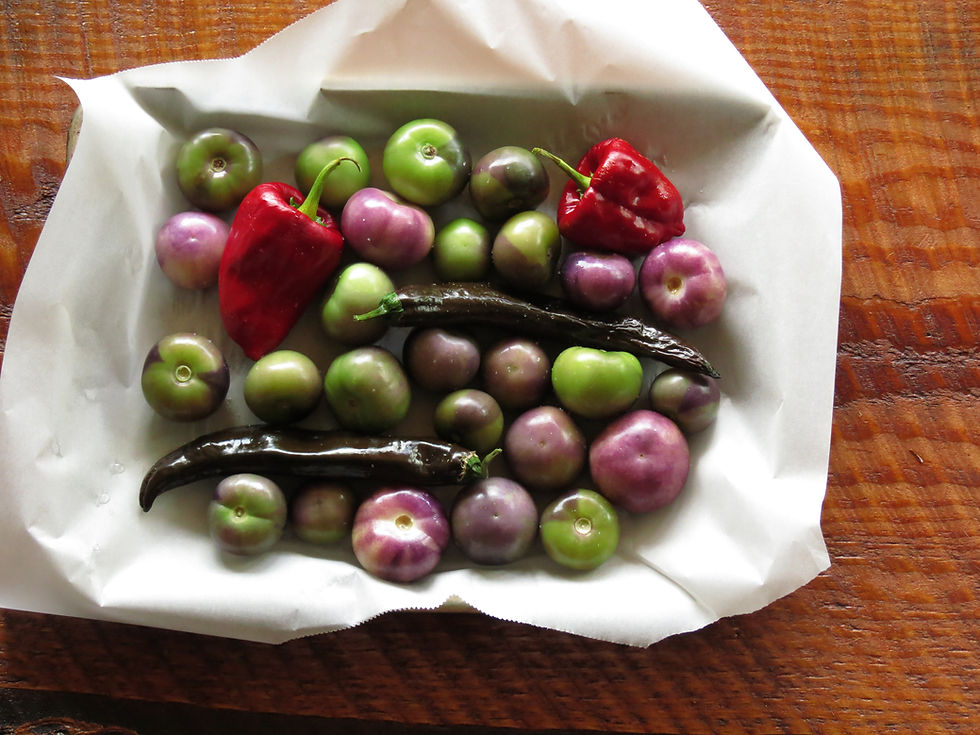A brief history of waffles
- alektoridis5
- Jun 5, 2015
- 2 min read
A waffle is a leavened batter or dough cooked between two plates, patterned to give a characteristic size, shape and surface impression. There are many variations based on the type of waffle iron and recipe used. Waffles are eaten throughout the world, particularly in Belgium, France, Netherlands, Germany, Poland, Hungary, Scandinavia, United States, with over a dozen regional varieties in Belgium alone.
The word “waffle” first appears in the English language in 1725: “Waffles. Take flower, cream…” It is directly derived from the Dutch wafel, which itself derives from the Middle Dutch wafele.
While the Middle Dutch wafele is first attested to at the end of the 13th century, it is preceded by the French walfre in 1185; both are considered to share the same Frankish etymological root wafla. Depending on the context of the use ofwafla, it either means honeycomb or cake.
Alternate spellings throughout contemporary and medieval Europe include waffe, wafre, wafer, wâfel, waufre, iauffe, gaufre, goffre, gauffre, wafe, waffel, wåfe, wāfel, wafe, vaffel, and våffla.
Waffles are preceded, in the early Middle Ages, around the period of the 9th–10th centuries, with the simultaneous emergence of fer à hosties / hostieijzers (communion wafer irons) and moule à oublies(wafer irons).While the communion wafer irons typically depicted imagery of Jesus and his crucifixion, the moule à oublies featured more trivial Biblical scenes or simple, emblematic designs. The format of the iron itself was almost always round and considerably larger than those used for communion.
The oublie was, in its basic form, composed only of grain flour and water – just as was the communion wafer. It took until the 11th century, as a product of The Crusades bringing new culinary ingredients to Western Europe, for flavorings such as orange blossom water to be added to the oublies; however, locally sourced honey and other flavorings may have already been in use before that time.
Oublies, not formally named as such until ca. 1200, spread throughout northwestern continental Europe, eventually leading to the formation of the oublieurs guild in 1270. These oublieurs/obloyers were responsible for not only producing the oublies but also for a number of other contemporaneous and subsequent pâtisseries légères (light pastries), including the waffles that were soon to arise.
From Wikipeda.



Comments